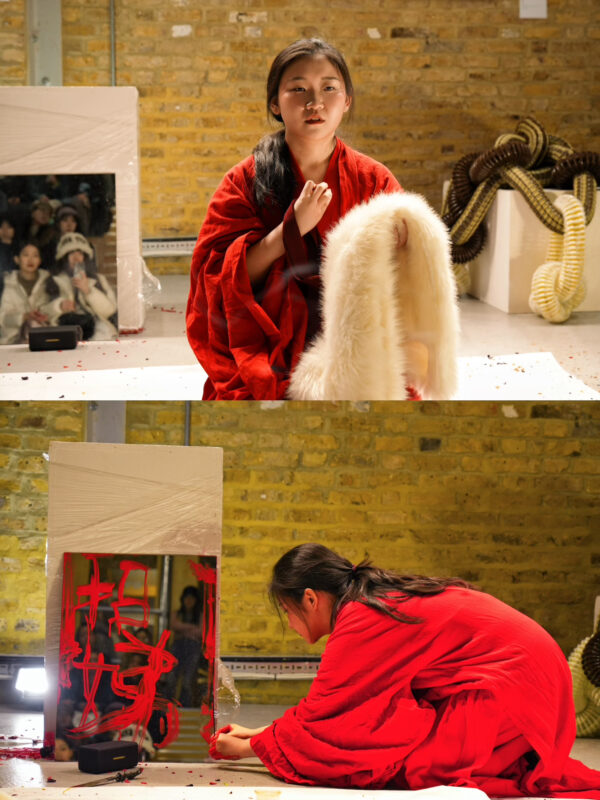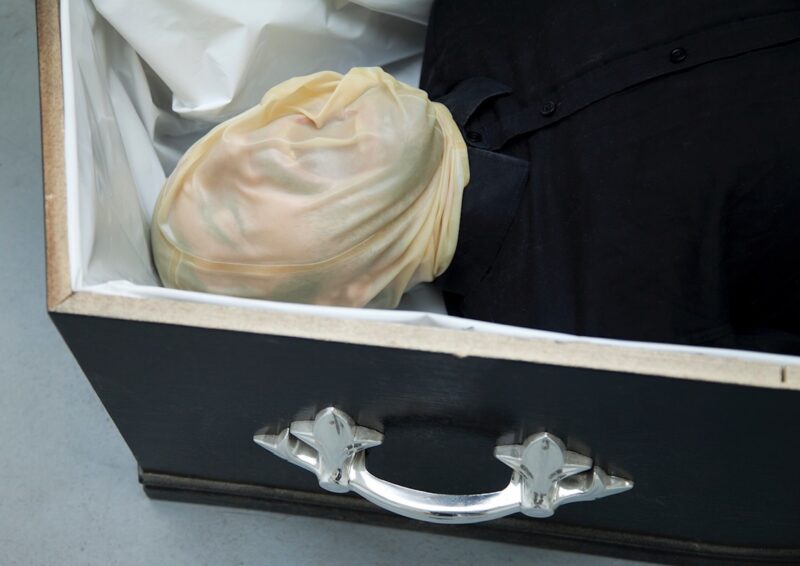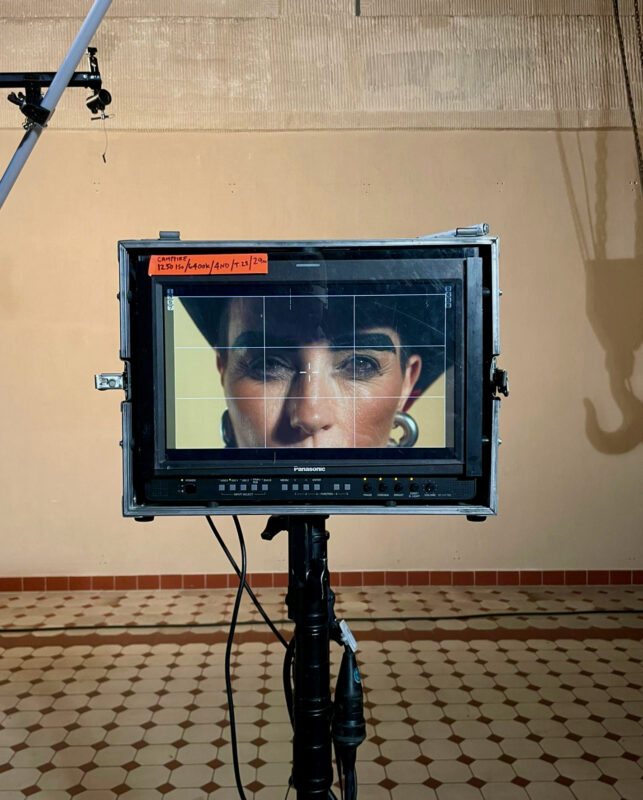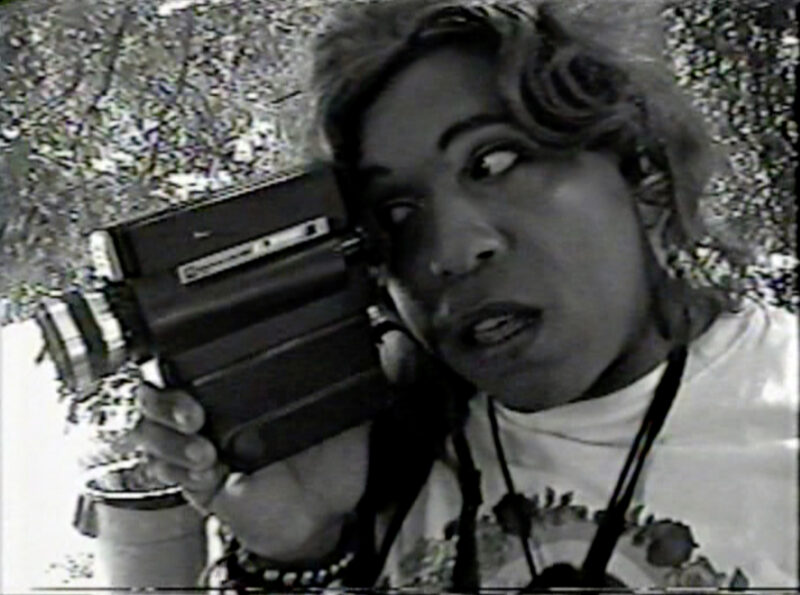When the world is crumbling so badly that making plans seems foolhardy, there’s a new kind of value in getting more out of every passing moment. Maybe that’s what’s behind the new spate of performance related art.

Soldiers at Waterloo station, London. Each represents a real person who died in the Battle of the Somme. Photograph: Alicia Canter for the Guardian
When Helly Nahmad’s London gallery opened a couple of months ago it did so in an unusual way, with a programme of 30 performance art pieces on 30 consecutive days. When South American artist Alfredo Jarr’s work ‘A Logo For America’, went up on Piccadilly Circus it was for a long weekend. When we needed to commemorate 100 years since the outbreak of the Battle of the Somme, the war artist chosen didn’t work in oils, or film, but in human beings, as Jeremy Deller sent Ghost Soldiers out across the UK’s rail stations causing tearful commuters, lasting thoughtfulness and a galaxy of instagram posts. Performance is such a thing that galleries have even started using the vernacular of theatre to bring the immediacy of performance into the static space of a gallery, as Luxembourg & Dayan are doing with their ‘Melodrama, Act 1’, and ‘Melodrama Act 2’ shows in the London and New York galleries respectively.
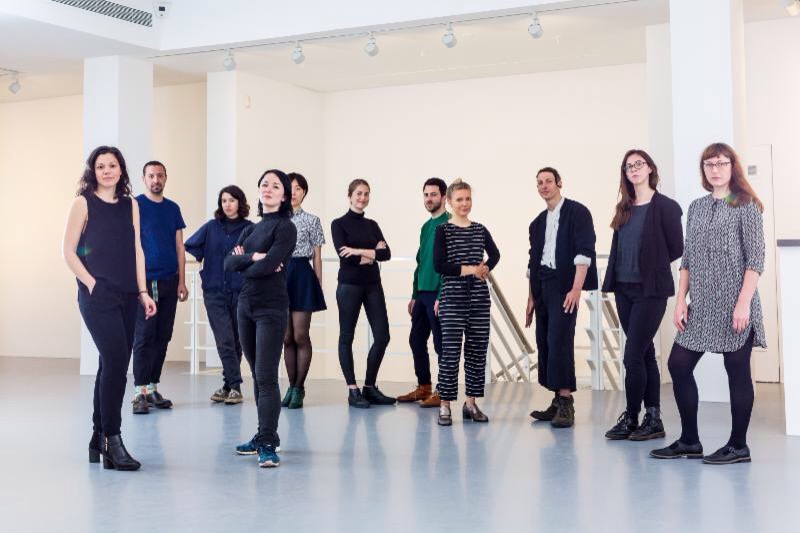
Shortlisted artists for I am NOT Tino Sehgal, Nahmad Projects, London, 2016. Photo: Benedict Johnson.
So is this new focus on ephemeral acts the result of a kind of carpe diem approach to a messed up world? Is it a Brexit-y kind of emotion-over-hard-thinking effect? Is it a response to an audience of super-wealthy collectors so sated with material goods that only moments can hold value for them? Is it something more profound? Or, as seems likely, is it all of these things?
If, as reports indicate, the super wealthy are valuing experience more than luxury goods, it’s no surprise that the commercial art world is helping to provide art in the form of experiences, and that artists who work in this way are getting more exposure. Super wealthy collectors are no less immune to trends in consumption than the rest of us, so what’s interesting to know is what’s triggering this feeling in the first place.
Check the World Economic Forum’s tweets, or the output of the Aspen Ideas Festival and you get an idea of the things that are using up data on the iPhones of the 0.1%. This year the topics of conversation are almost relentlessly challenge oriented; how can we address climate change? Disease? Education? Inequality?
Capturing a sense of the times, Stephen Hawking recently wrote that the idea of money as “a facilitator, as a means to an end – whether it is for ideas, or health, or security – but never as an end in itself” is gaining traction, with people all over the world increasingly asking whether knowledge or experience might be more important than money, whether possessions might stand in the way of fulfillment and, crucially, whether we can ever truly own anything or are just transient custodians.
For the very wealthy, it’s as if there has been a change in mindset. It seems to say that while any tech bro flush with VC can get a super yacht, the really successful people are focused on doing more important things with their money.
At the same time as the preoccupations of those people most likely to be fine art collectors has changed, the landscape of public discourse has also changed. The ability of emotional responses to overturn rational considerations has long been known in advertising and likely accounted for some of the success of the pro-Leave Brexit campaign, leading to some commentators describing the new landscape as ‘post-factual’. As the US election progresses, this post-factual landscape appears to be becoming a permanent fixture, making politics volatile whilst creating fertile new ground for art.
The nature of performance makes viewing it an emotional experience. If the response to a here-today, gone-tomorrow art experience is by its nature both impossible to own, it’s also infinitely shareable. The ideas that inform those artistic experiences can go a long way, making them pretty powerful. In a way that hasn’t been as obvious since around the time of the last big surge of performance art, the 1960’s, powerful ideas expressed through art now have the potential to effect real change.
So is being in the moment lit? Oh yes. Are we waiting for a big idea from art? Hell yes. Bring it on.
